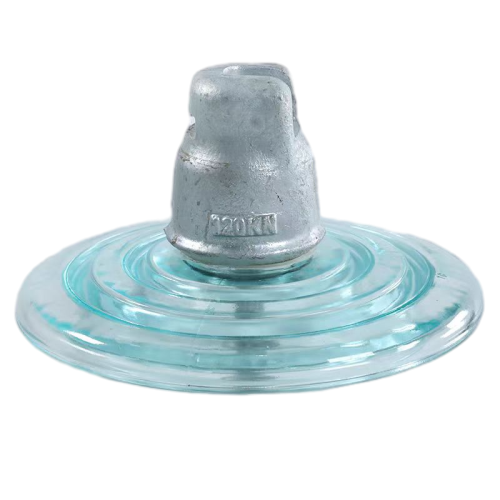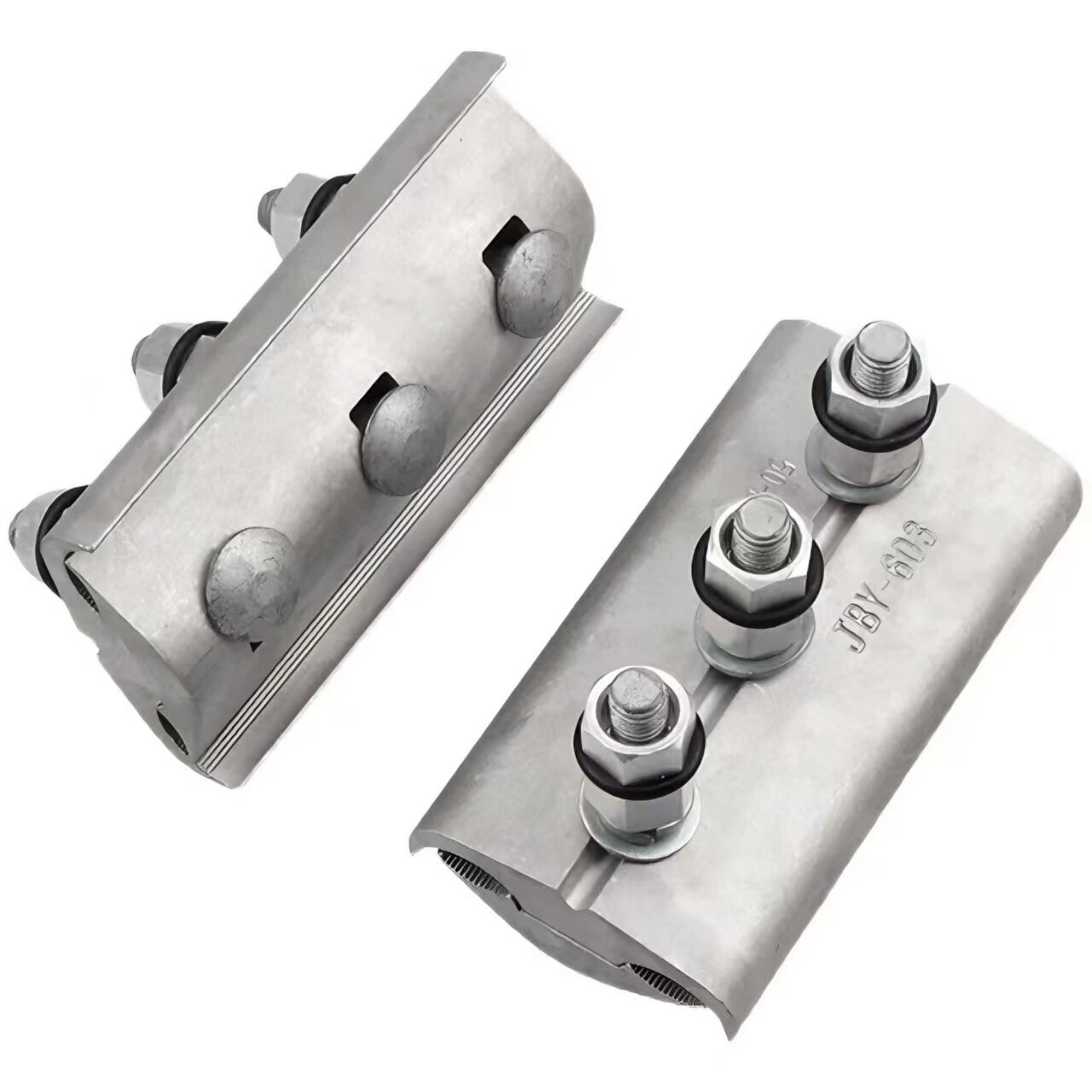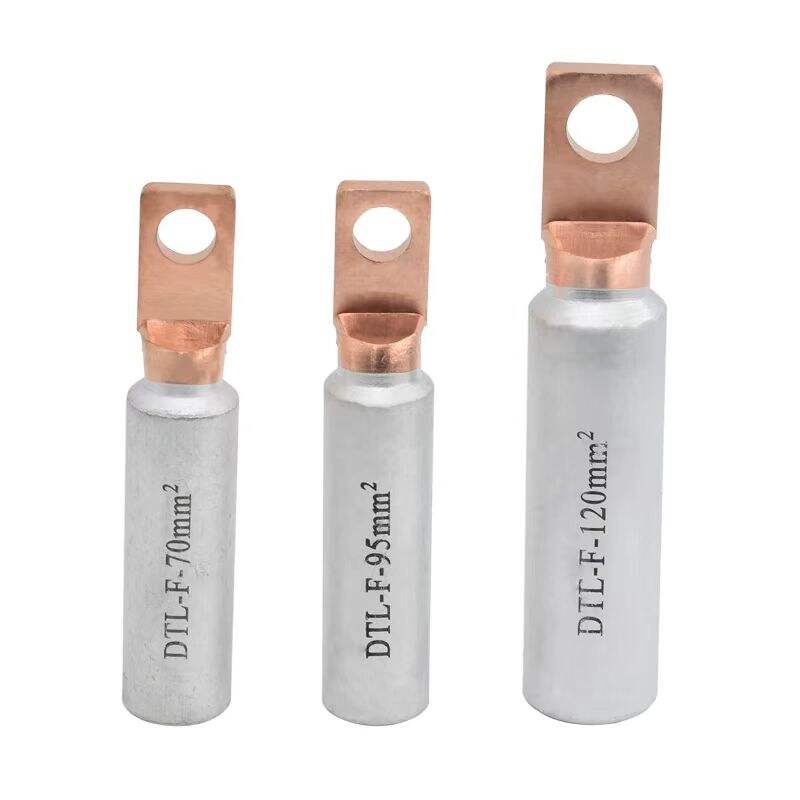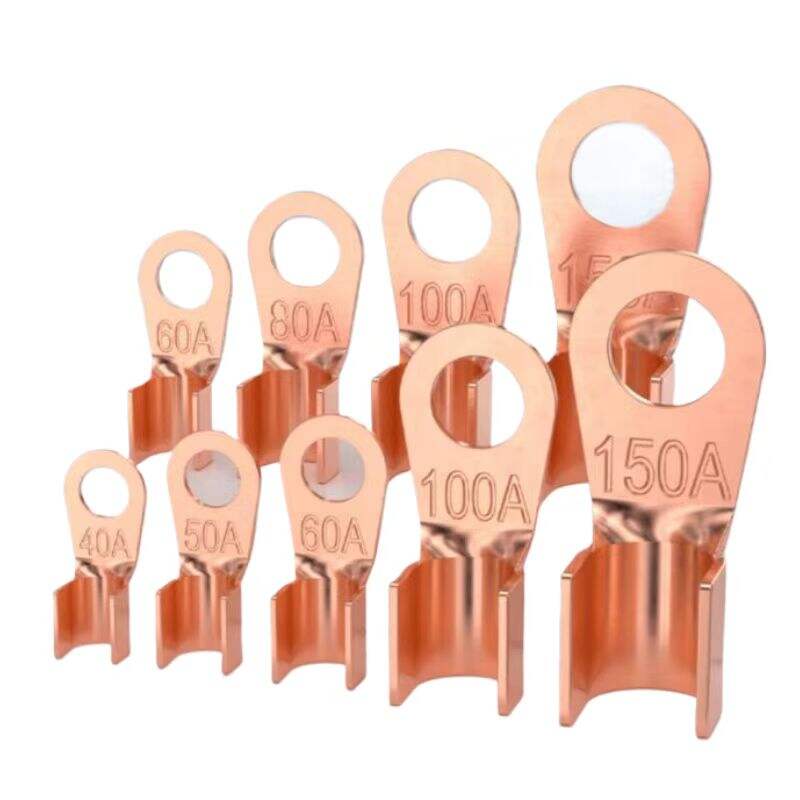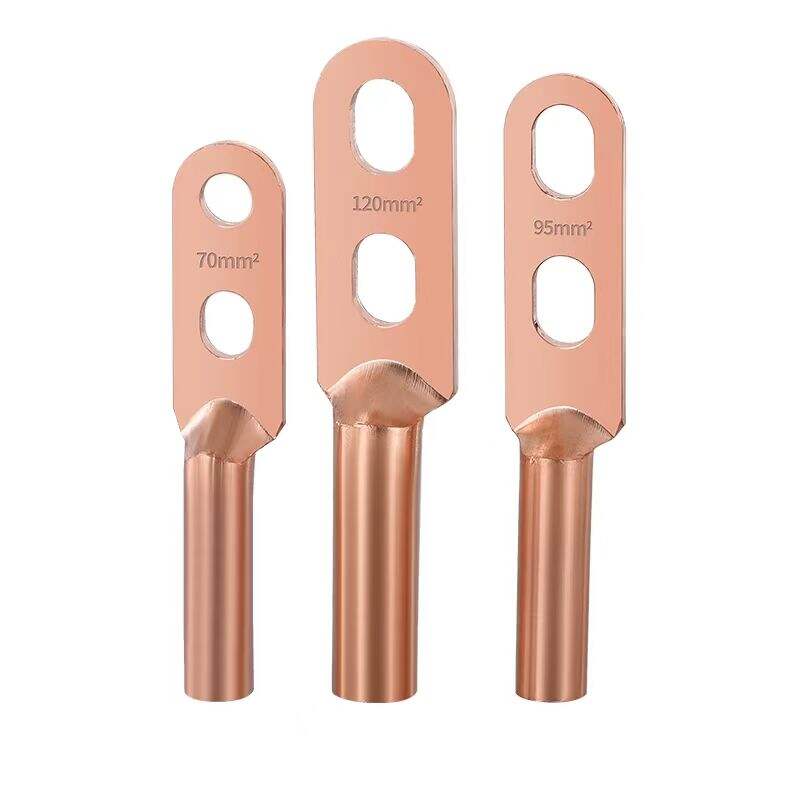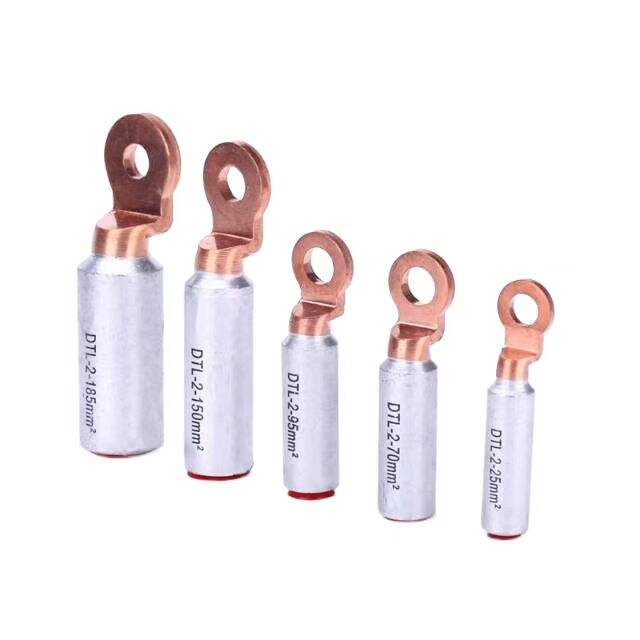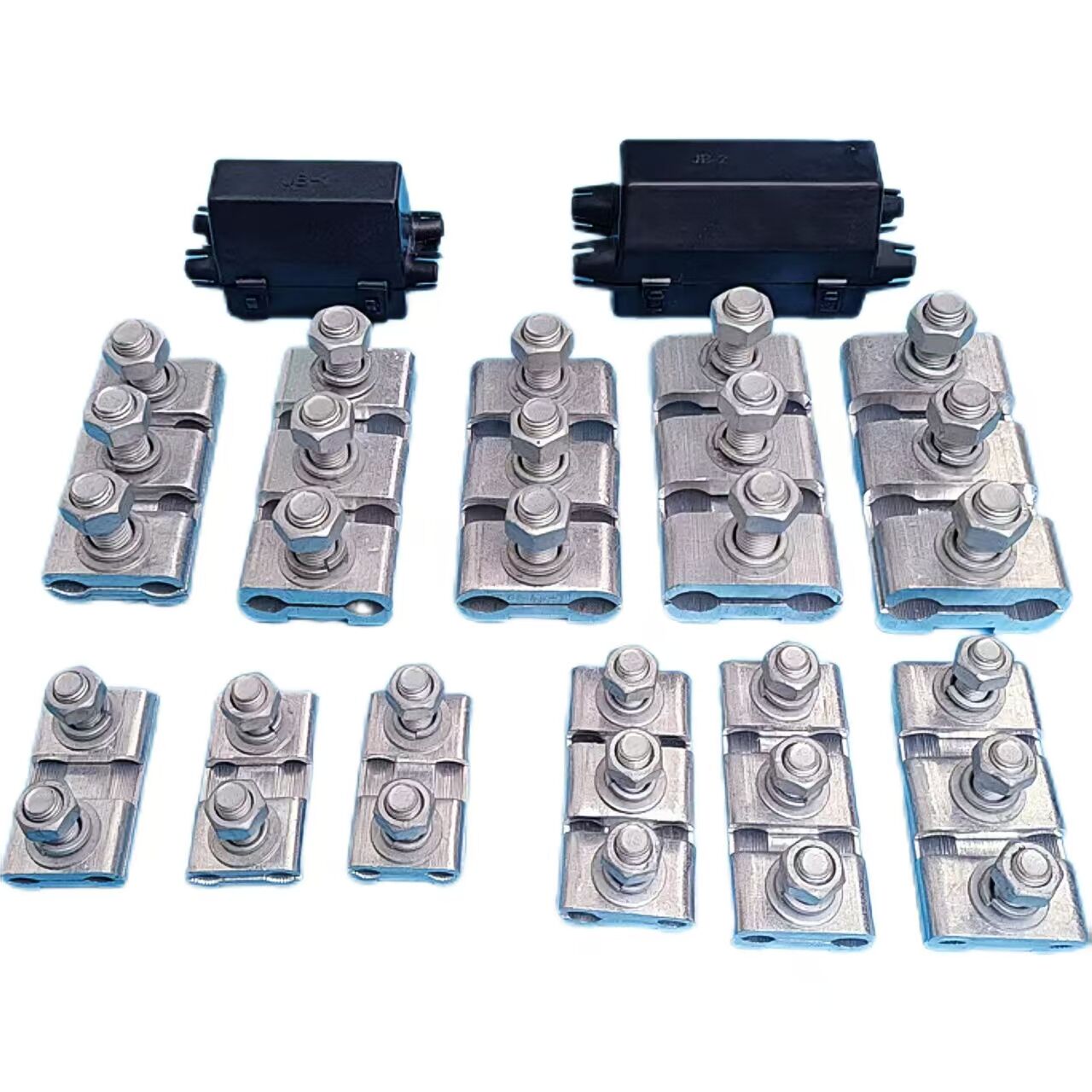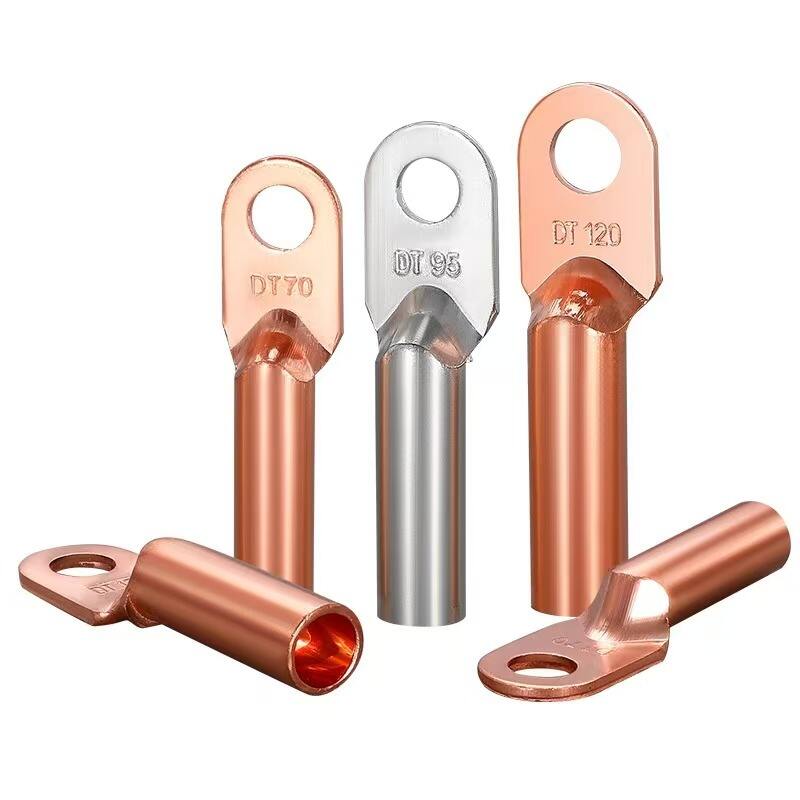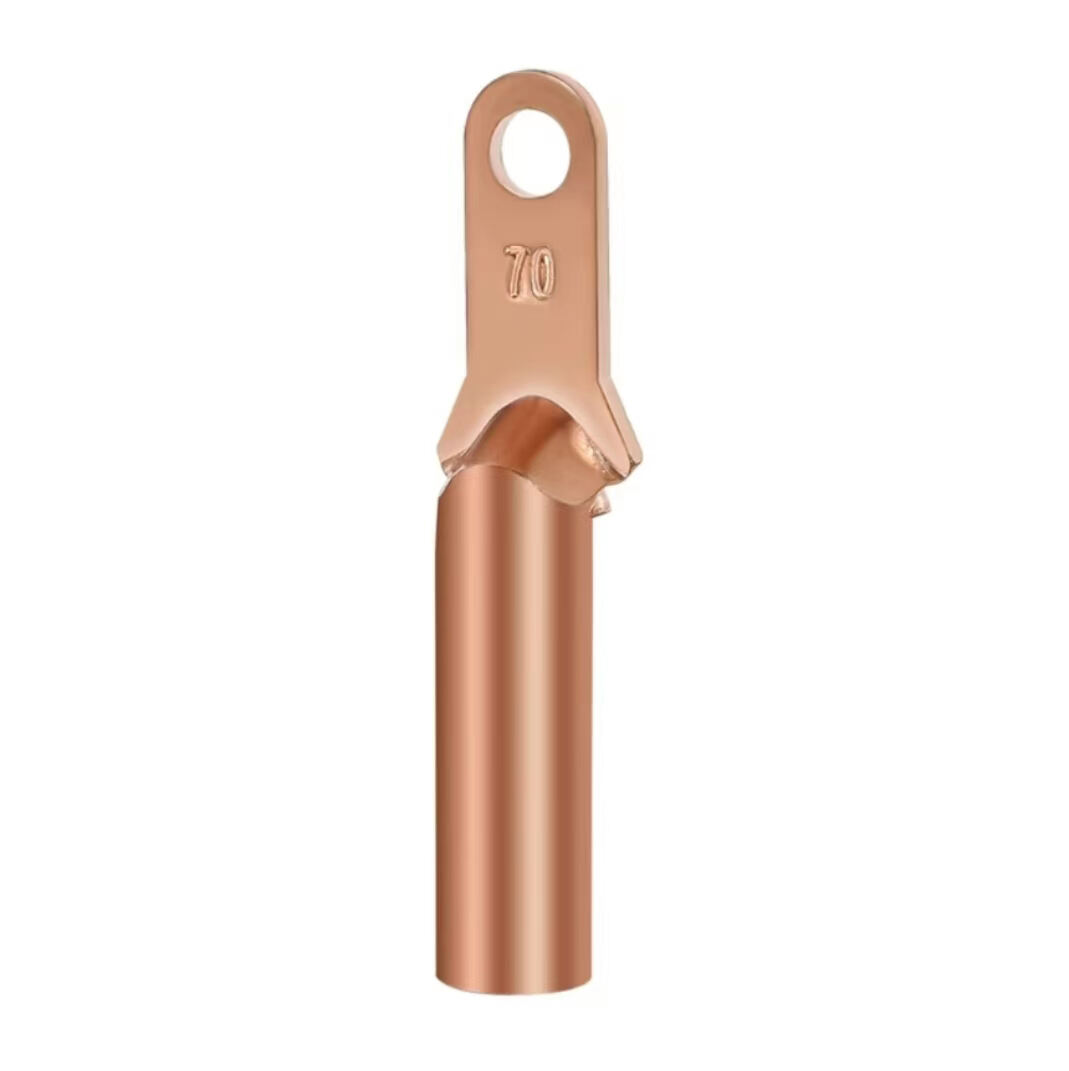1. High Mechanical Strength
Made from high-strength glass materials, they can withstand substantial mechanical tension, with a rated mechanical failure load of up to 70 kN. This makes them suitable for transmission lines of various voltage classes, from medium-voltage distribution networks to high-voltage overhead systems, ensuring reliable mechanical support under heavy conductor loads and harsh weather conditions.
2. Excellent Electrical Performance
Featuring superior insulation and voltage resistance, they effectively prevent leakage current and flashover incidents, ensuring the safe operation of transmission lines. The glass material’s high dielectric strength maintains stable insulation performance even under overvoltage conditions, meeting the strict electrical requirements of modern power grids.
3. Good Self-Cleaning Property
The smooth glass surface is less prone to pollution accumulation, and rainwater can effectively wash away contaminants, reducing the need for manual cleaning. This self-cleaning capability minimizes maintenance workload, particularly in polluted environments, and helps maintain consistent insulation performance over time.
4. Zero-Value Self-Breaking
When internal defects or aging cause the insulation performance to degrade below a critical threshold, the insulator will self-break, making it easy to detect and replace in a timely manner. This feature eliminates the need for regular insulation resistance testing, reduces operational maintenance costs, and prevents sudden failures that could lead to power outages. The visible self-breaking mechanism enhances grid reliability by enabling proactive maintenance.
 E-mail:
E-mail:




